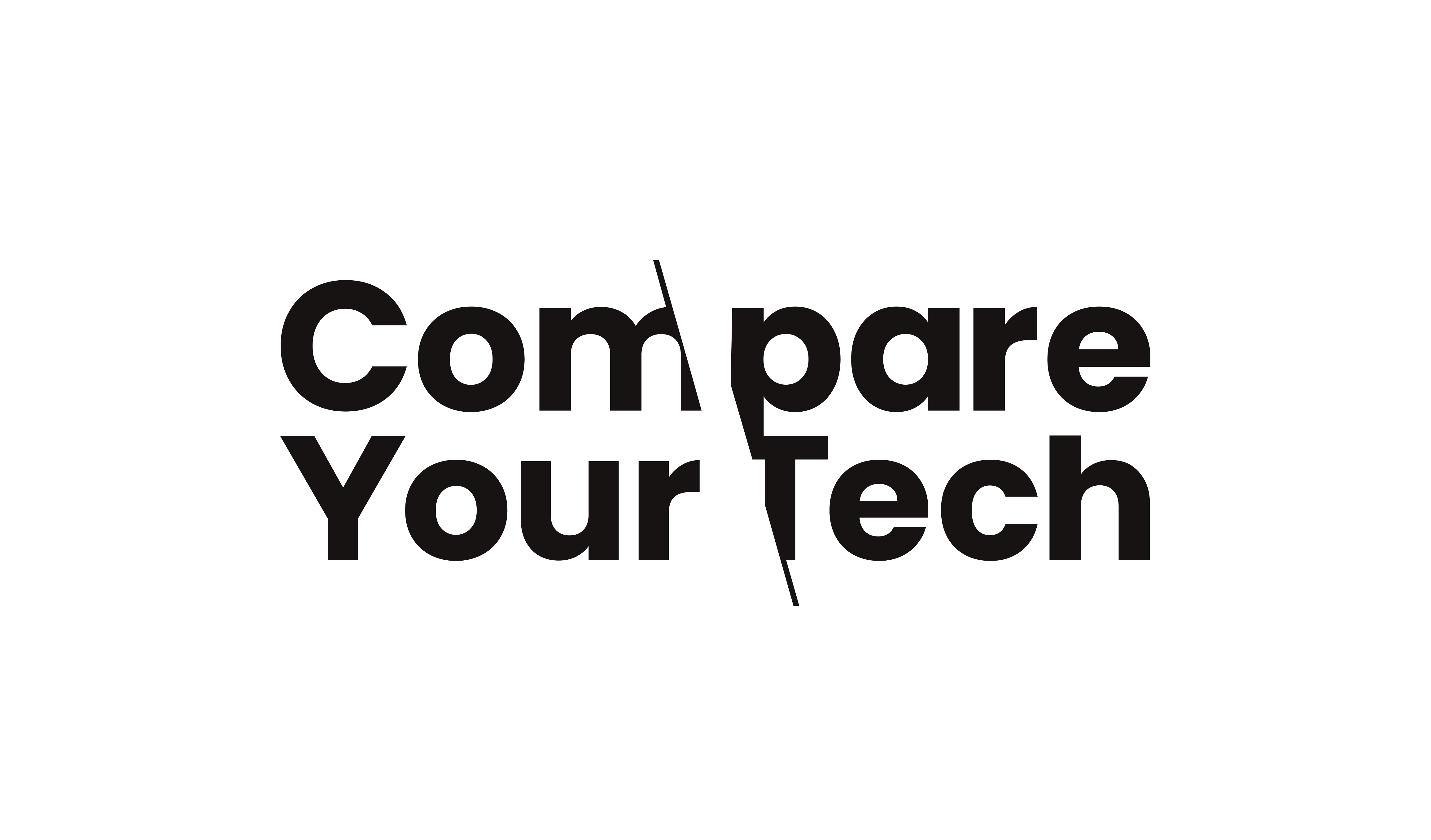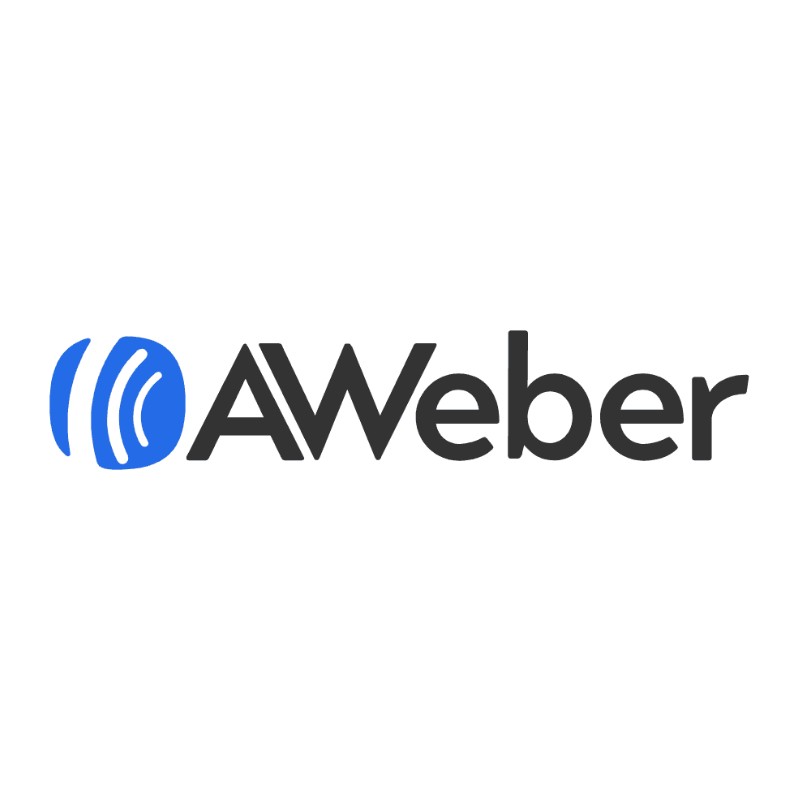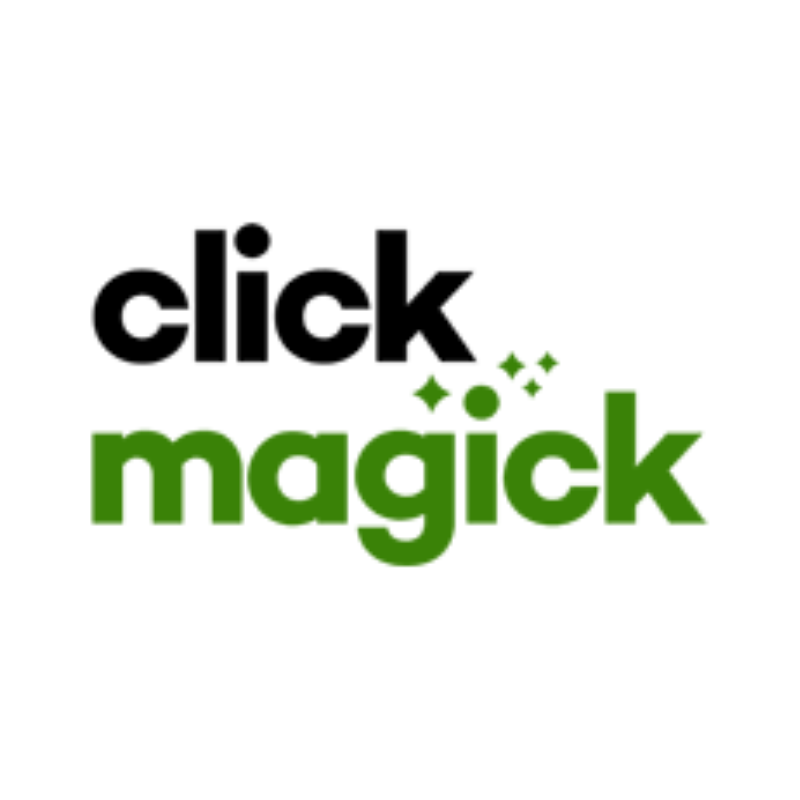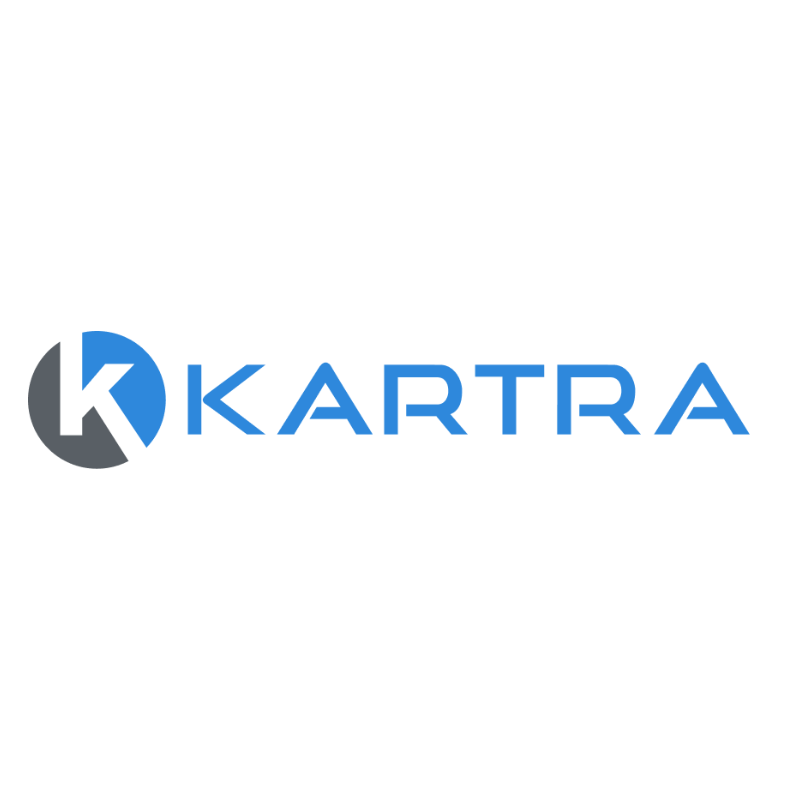FAQ'sFrequently Asked Questions about JFrog Distribution
Who are JFrog?
JFrog is a software company that provides solutions for managing and distributing software packages and binaries. Founded in 2008, JFrog is known for its Artifactory repository manager and offers a range of tools designed to enhance the software development lifecycle, enabling teams to automate and streamline their processes.
What are JFrogs products?
JFrog offers several products, including JFrog Artifactory, a universal repository manager; JFrog Xray, a security and compliance analysis tool; JFrog Pipelines, a CI/CD automation service; and JFrog Distribution, which facilitates secure and efficient distribution of software packages across multiple environments.
What services do JFrog offer?
JFrog provides a variety of services, including support and consulting for its products, training and tutorials, and integration services. They also offer cloud-based solutions to help businesses manage their software distributions securely.
What type of companies do JFrogs products suit?
JFrogs products are suitable for companies of all sizes, from startups to large enterprises, that require efficient management of software development and distribution processes. Industries such as technology, finance, healthcare, and telecommunications commonly utilise JFrogs solutions.
How much does JFrogs product cost?
JFrogs product pricing varies based on the specific product and the size of the organisation. They offer different pricing tiers, including a free tier for small teams. For detailed pricing information, prospective customers should contact JFrog directly or visit their pricing page.
Does JFrog offer a free trial?
Yes, JFrog offers a free trial for its products, allowing users to evaluate their features and functionalities before making a purchase decision.
What discounts does JFrog offer on their products?
JFrog may provide discounts for annual subscriptions or for educational institutions and non-profits. Specific discount opportunities can be discussed directly with their sales team.
Are there any hidden fees or additional costs with JFrog?
JFrog aims for transparency in its pricing. However, additional costs may arise from optional features, integrations, or support services. It is advisable to review the pricing terms carefully to understand any potential additional costs.
Who uses JFrogs products?
JFrogs products are used by developers, DevOps teams, and IT organisations across various industries looking to optimise their software development and distribution processes.
What are the main features of JFrogs products/services?
Main features of JFrog Distribution include secure binary distribution, version control, automated distribution processes, integration with CI/CD pipelines, and support for multiple package formats. JFrogs products also offer advanced security features and compliance tracking.
How does JFrog compare to its competitors?
JFrog is often noted for its robust capabilities in universal repository management. Compared to competitors, JFrogs products are recognised for their scalability, extensive integration options, and strong focus on security and compliance.
Is JFrogs platform easy to use?
JFrogs platform is considered user-friendly, with an intuitive interface that facilitates ease of use. Comprehensive documentation and support are available to assist users in navigating the features.
How easy is it to set up JFrogs product or service?
Setting up JFrog products is generally straightforward, with guided installation processes and extensive documentation provided. Users can quickly integrate it into their existing workflows with minimal disruption.
Is JFrog reliable?
JFrog is recognised as a reliable provider in the software distribution space, boasting a strong track record for uptime and performance. Many enterprises trust JFrog for mission-critical applications.
Does JFrog offer customer support?
Yes, JFrog offers customer support through various channels, including online documentation, community forums, and direct support for paid customers. Their support services are designed to assist users with technical issues and inquiries.
How secure is JFrog’s platform?
JFrogs platform prioritises security, incorporating features such as access controls, encryption, and vulnerability scanning. They are compliant with industry standards to ensure the protection of user data and software assets.
Does JFrog integrate with other tools or platforms?
Yes, JFrog integrates with a wide range of tools and platforms, including popular CI/CD systems, cloud providers, and development environments, allowing for seamless integration into existing workflows.
Can I use JFrog on mobile devices?
JFrogs primary products are web-based applications and are accessed through standard web browsers on desktops. While there may not be dedicated mobile applications, some functionalities may be accessible via mobile browsers.
What do users say about JFrog?
Users generally report positive experiences with JFrog, particularly praising its robust features, scalability, and customer support. However, some users mention the complexity of certain functionalities for beginners.
What are the pros and cons of JFrog?
Pros of JFrog include comprehensive feature sets, strong security measures, and excellent support. Cons may include a learning curve for new users and potential costs associated with advanced features.
How can I purchase JFrog’s services?
To purchase JFrogs services, interested parties can visit their website, where they can choose a subscription plan or contact their sales team for more information.
What is the cancellation or refund policy for JFrog?
JFrogs cancellation and refund policies may vary based on the subscription type. Users are advised to review the terms and conditions or contact customer support for specific details regarding cancellations and refunds.
Who uses JFrog?
JFrog is used by software development teams, DevOps professionals, and organisations looking to streamline their software delivery processes. Its user base spans various industries, including technology, finance, and telecommunications.
What are the common use cases for JFrog?
Common use cases for JFrog include managing software packages, automating the software delivery process, ensuring compliance and security in software distribution, and facilitating collaboration among development teams.
Why choose JFrog over other options?
Choosing JFrog over other options is often based on its comprehensive feature set, strong focus on security, and ability to manage multiple package formats within a single platform, making it a versatile choice for organisations.
How easy is it to set up JFrog?
Setting up JFrog is relatively simple, with user-friendly installation guides and resources available. Most users can get started within a short timeframe with the help of documentation provided by JFrog.
Does JFrog offer training or tutorials?
Yes, JFrog provides a variety of training resources, including tutorials, webinars, and documentation to help users understand and utilise their products effectively.
What languages does JFrog support?
JFrog primarily supports English in its documentation and user interfaces. However, some resources may be available in other languages, depending on user demand and regional focus.
What problems does JFrog solve?
JFrog helps solve problems related to software package management, distribution inefficiencies, security vulnerabilities in software supply chains, and challenges in automating CI/CD processes.
Is JFrog worth the investment?
The value of investing in JFrog largely depends on the specific needs of an organisation. For teams requiring robust software distribution and management capabilities, JFrog is often seen as a worthwhile investment due to its comprehensive features and support.






Leave a Reply
You must be logged in to post a comment.